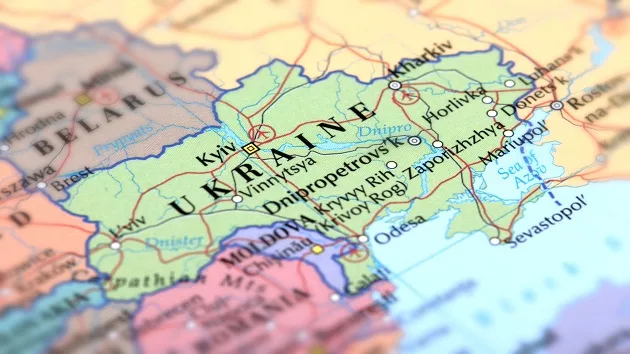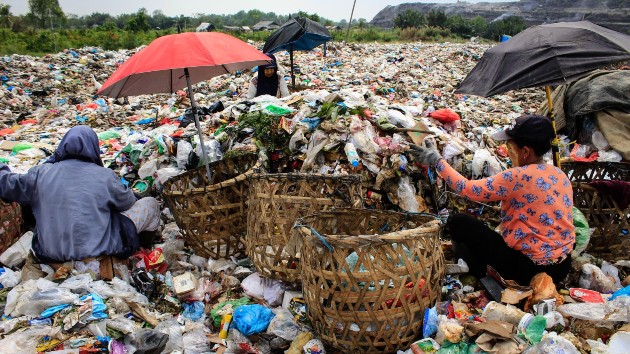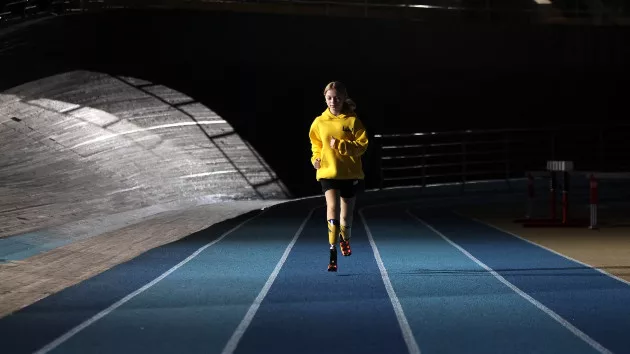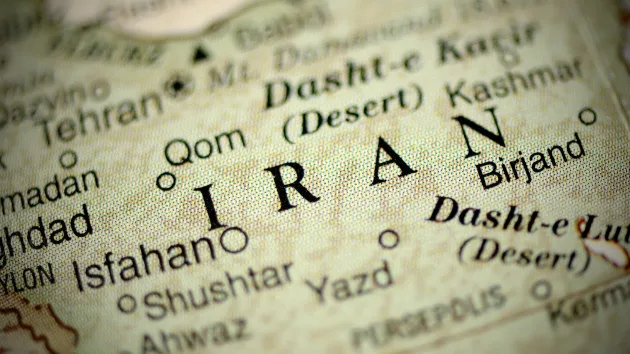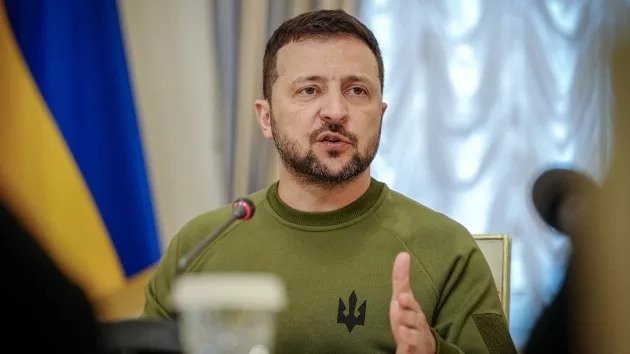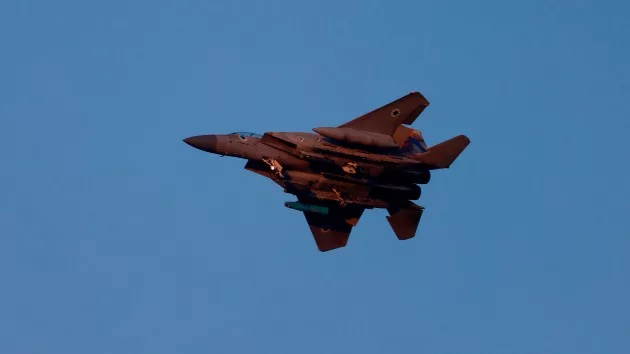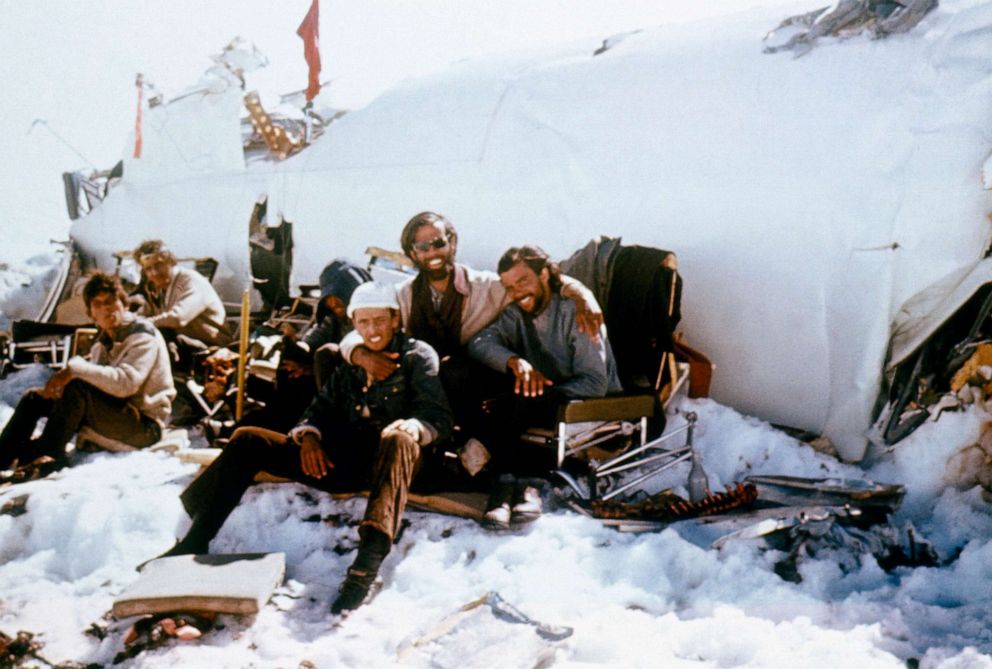
(NEW YORK) — More than 50 years ago, a plane carrying 45 passengers and crew, including a Uruguayan rugby team and some of their friends and family, crashed in the Andes mountains in Argentina.
For 10 weeks, the survivors had to deal with the extremes before they were rescued, including subzero temperatures, two back-to-back avalanches and near starvation, left with no choice but to eat from the remains of their deceased friends to stay alive.
“We are dead men walking, but…we are still walking,” Nando Parrado, one of the 16 survivors of the Uruguayan Air Force Flight 571 crash, told ABC News.
Parrado and others who lived through the ordeal share their incredible story of fear, loss and survival in an ABC News Studios documentary “Prisoners of The Snow” premiering on ABC on May 22 at 9 p.m. ET and streaming on Hulu the next day. In addition to interviews with survivors, mountaineers and survival experts, the two-hour program will include photographs taken by the passengers who lived through the 72-day ordeal.
On Oct. 12, 1972, the flight was supposed to take the amateur Old Christians Club rugby team from Montevideo, Uruguay, to Santiago, Chile, for an exhibition match against the Old Boys Club, an English rugby team in Santiago.
Bad weather prevented the team from making it all the way to Santiago, and the plane was forced to land in Mendoza, Argentina overnight.
Despite high winds, the next afternoon, the plane took off again for Santiago. The Fairchild aircraft was unable to climb to the necessary 26,000 feet to fly directly over the Andes Mountain range, so the pilots opted for a U-shaped route where they were able to fly lower through a mountain pass, according to aviation expert and ABC News contributor John Nance.
With the air traffic control clearance, the pilots began their descent. However, they didn’t realize it was too soon, and that they were headed straight in the heart of the Andes, Nance said. The pilot was unable to clear the ridgeline and the airplane hit the mountain.
Upon impact, both wings and the tail tore off. The remaining fuselage slid down the mountain at high speed until it hit the bottom of the valley.
“I was thrown with an incredible force, and as I was fainting, I was realizing that I was alive and the plane had stopped,” Roberto Canessa, one of the survivors, told ABC News.
Twelve people were killed as a result of the crash. The remaining 33 survivors had varying degrees of injury.
Two of the survivors who had medical training, including Canessa who was a medical student at the time, quickly scrambled to tend to the wounded. Parrado’s mother died in the crash and his sister was badly injured. She died days later.
Parrado himself suffered a skull fracture and was in a coma for three days before he woke up.
“I said, ‘I’m not dead. Why? Because I was thirsty. I was thirsty.’ And I said, ‘If I’m thirsty, I’m not dead,'” Parrado recalled.
Parrado and the other survivors would face a struggle to quench their thirst and hunger until their expected upcoming imminent rescue. But that rescue wasn’t coming.
And although they were surrounded by snow, there were no initial means to melt it into drinking water.
“You can eat snow, but the snow hurts your mouth,” survivor Carlos Páez Rodríguez told ABC News.
Eventually, the survivors used metal from the wreckage to construct a device that melted the snow to water using sunlight. But their food supply was limited, according to mountineer Ricardo Pena. Survivors said in those first few days, they would share a little square of chocolate or a little bit of cracker with a little bit of fish in it, and some wine.
By day 10, they learned from the plane’s transistor radio that a search had been called off.
After long discussions and out of desperation, the survivors said the group came to a painful decision to harvest the bodies of the dead passengers for food. It was their only option for survival. They compared it to taking communion.
“We shook our hands and we say, ‘If I die, please use my body. So at least you can get out of here. And tell my family how much I love them,'” Parrado said.
As the group continued to plan for a way to safely look for help, they would face another deadly obstacle on day 17. Two avalanches swiftly raged down the mountain and the fuselage became entombed in snow with everyone inside.
“You don’t see, you don’t hear, you cannot move and you are dying,” Canessa said.
Eight of the initial survivors were killed in the avalanche. The remaining 19 survivors were stuck in a small space between the snow and the bulkhead, a space that would comfortably have fit four.
Their only option for food was to eat from the bodies inside the fuselage that did not survive the avalanche.
“It’s a very, very humiliating thing to eat a dead body,” Canessa said. “I thought of my mother that I had unique chance of telling her not to cry anymore, that I was alive. And to do that, I had to buy time, and to buy time, I had to eat the dead bodies.”
After three days, the survivors said they were able to tunnel their way out of the snow and see daylight.
The survivors were highly motivated to continue exploring ways to get back to civilization.
Canessa, Parrado and Antonio “Tintin” Vizintín, one of their fellow teammates, eventually found the tail end of the plane. In it, they said they found suitcases with some warm clothing, a small amount of food and batteries.
“They were like, well, we could connect that to the radio and make the radio work and call for help,” Peña said. “It was like, if we can make the radio work and call for help, let’s do that instead of risking our lives.”
But they were ultimately unable to get the radio to work.
Eventually, the survivors devised a plan where Parrado, Canessa and Vizintín were to make an escape.
Once this was decided, the survivors ensured that Parrado, Canessa and Vizintín, who they named “the expeditionaries,” ate a larger portion of the food supplies to build up their strength, according to an interview that the survivors told John Guiver, the author of “To Play the Game,” which chronicled their story.
Bolstered by several layers of clothing, and travel gear, including a sleeping bag that was patched together from materials of the plane wreckage, the men set out to be saved on Dec. 12: day 61 of their ordeal.
What they anticipated to be a one-day trek from the valley where the fuselage lay, up to the top of the mountain took them three days.
Parrado was disheartened to see snowy mountains all around them, instead of the green valleys of Chile.
“The most frightening moment of the 10 day trek for me was when I reached the summit of the first mountain and I looked what laid ahead,” Parrado said.
Parrado suggested to Canessa and Vizintin that because the trek was longer than they expected, Vizintin should go down to update the others, and leaving Parrado and Canessa with Vizintin’s food ration.
Parrado and Canessa’s trek down the mountain proved even more treacherous, and Parrado said his shoes began to break. By the eighth day of their journey, the men approached a river bank and found signs of life: including cattle, a cattle track and a rusty soup can.
The trail led them to a pivotal moment in their journey. Cannesa recalled seeing a man riding a horse down the slope of a small mountain. He immediately alerted Parrado who quickly began running down the slope towards the man.
Parrado caught the attention of this man on a horse, Sergio Catalan, but because of the loud roar of the river between them, Canessa said they couldn’t hear each other. However, he said he heard Catalan say the word “mañana,” Spanish for tomorrow, indicating when he would return.
“That dream tomorrow we always had, was real now,” Canessa said.
The next day Catalan and his two sons returned and threw Parrado a rock with some paper attached and a pencil across the river.
Parrado wrote down a message that would ultimately change his fate and the fate of his fellow survivors: “I come from a plane that crashed in the mountains. I am Uruguayan. We have been walking for 10 days. I have 14 friends wounded on the crash site. We need help. We don’t have any food. Please come and get us.”
“As soon as he read my message, he went for help,” Parrado said. “And that was probably the brightest moment in the 72-days.”
Catalan traveled 10 hours on horseback to alert the authorities, and soon the military, police, journalists and others came, according to Parrado.
Alipio Vera, who was a reporter for Televisión Nacional de Chile (TVN) and on the scene, told ABC News, “they were very weak, their voices were barely audible…it was incredible, to see people that were rugby players, who were pretty strong, now they were almost skeletons.”
“I took their blood pressure, respiration, pulse and everything,” said Wilma Koch, the nurse who attended Parrado and Canessa upon their rescue, told ABC News. “At that moment, well, Roberto looked very faint, but with a lot of spirit. But Nando looked better.”
Back at the crash site, the remaining survivors had heard the news about the successful expedition from their radio, and they began to prepare for their own rescue.
Parrado said he led helicopter pilots to the site and the crews arrived on Dec. 22, day 71.
The 14 survivors at the fuselage were taken to safety with two trips over two days. Referring to the helicopters, survivor Carlos Páez Rodríguez recalled: “I saw them as two gigantic birds, bearers of freedom. I cannot explain that moment’s happiness.”
Upon their rescue, the survivors were treated for several conditions including malnutrition and scurvy.
When word began to spread about the survivors eating the dead, they addressed the media as a team.
“Some thought it was good, some thought it was bad, but I couldn’t care less,” Canessa said. “They don’t have any kind of right to judge us.”
Quickly the sensational headlines faded and many public figures, including the Pope, expressed sympathy for their struggles. Their story would be the subject of several books, including ones written by Parrado, Canessa, Strauch and Páez, and was adapted into the 1993 film “Alive.”
The crash would also inspire the fictional Showtime show “Yellowjackets.”
Beyond the fame and spotlight, many of the survivors would go on to lead long lives and have families.
“We trusted each other. We fought for each other,” Parrado said. “So this is a rugby story. Rugby saved my life.”
Copyright © 2023, ABC Audio. All rights reserved.



